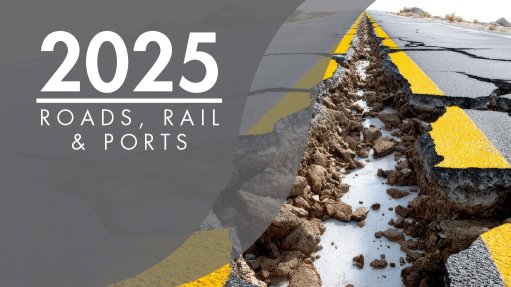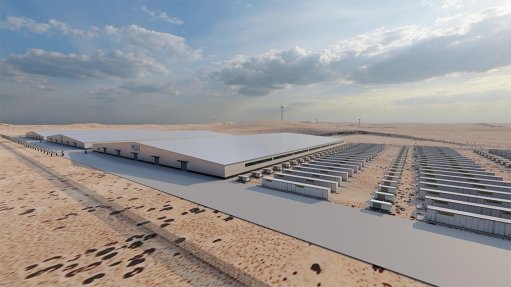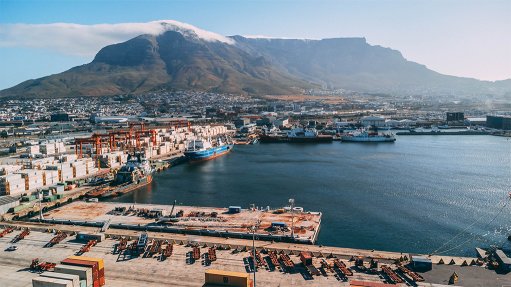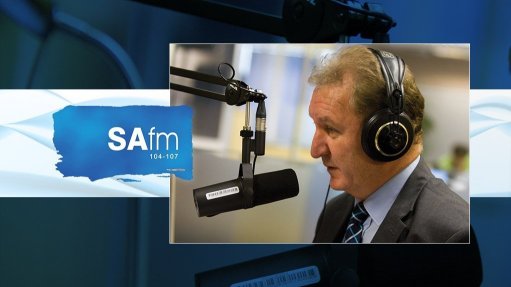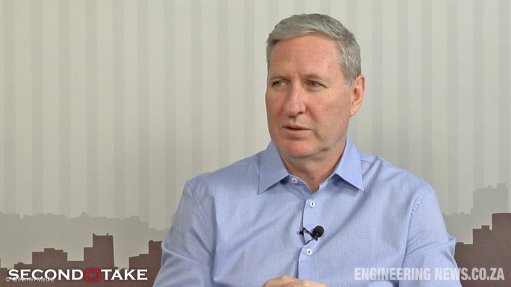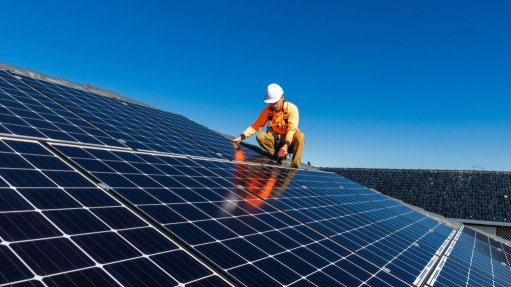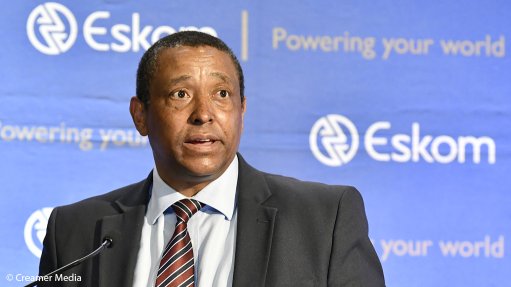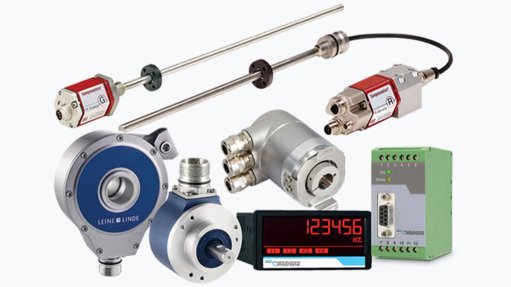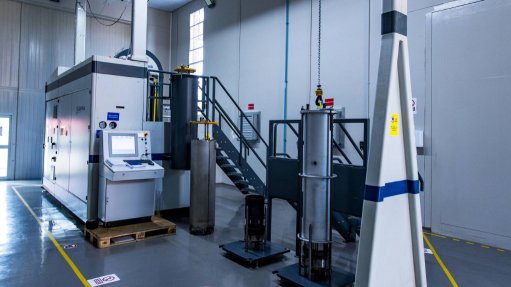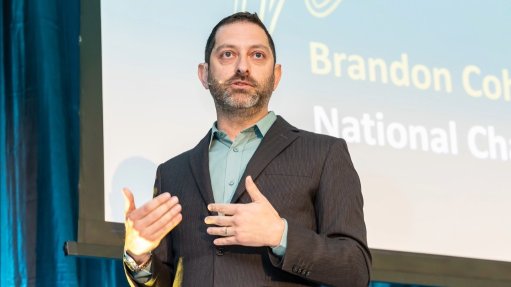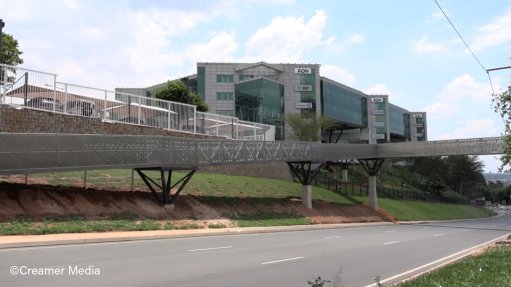Empowering businesses to prosper as prosumers – how Schneider Electric’s EcoStruxure DERMS transforms energy management
This article has been supplied.
As more businesses adopt renewable energy solutions like rooftop solar and energy storage, they become prosumers – both consumers and producers of energy – a trend that presents organisations with a significant opportunity to engage in the bi-directional flow of energy through Distributed Energy Resources (DERs).
“We have a rise in Small-Scale Energy Generation (SSEGS) in South Africa, particularly in the commercial and industrial sectors, with many businesses investing in rooftop PV applications,” says Nishan Baijnath, Systems Architect, Power Systems at Schneider Electric.
“This is because many businesses are trying to supplement their energy needs with renewable sources, due to the non-resilient electricity supply and the load shedding experienced in the country in recent years.”
He notes that while the load shedding crisis drove many businesses to invest in renewable energy, many of these commercial and industrial installations are now generating more energy than they can consume, resulting in the production of excess energy.
“This means that customers who were traditionally just consumers, purchasing energy from the utility or municipality, are now able to produce their own energy as well. This shift has led to them becoming ‘prosumers’ – consumers and producers of energy,” says Baijnath.
Bi-directional energy flow
“Prosumers can now choose to consume energy or produce and export energy to the grid, depending on the time of day. This has resulted in the energy flow becoming bi-directional, rather than just the one-way flow from the utility or municipality to the consumer.”
However, this shift necessitates a robust framework for managing these resources effectively, which is where Distributed Energy Resource Management Systems (DERMS) come into play.
Schneider Electric’s EcoStruxure DERMS is an enterprise system that is typically deployed by power utilities, which enables them to manage DERs on their grid. EcoStruxure DERMS allows utilities to have better control and visibility over the various DERs, such as rooftop solar, batteries and other small-scale generation sources, that are being connected to the grid.
EcoStruxure DERMS is an industry-leading, grid-aware solution customized for utility needs. At its core, it offers essential DER monitoring, forecasting, and control. This empowers crucial functions like hosting capacity analysis, grid constraint management, and leveraging DER flexibility. With options for on-prem or cloud deployment, it's the key to active network management.
“Our EcoStruxure DERMS system enables the utility to orchestrate and coordinate the operation of these distributed energy resources, which are becoming more prevalent as prosumers emerge,” explains Baijnath.
“The system communicates directly with the individual small-scale generation assets, such as inverters and batteries. Through this communication, DERMS can exert a certain level of control over the operation of these distributed energy resources.”
Flexibility to integrate
He adds that the EcoStruxure DERMS platform's flexibility to integrate with a utility's existing enterprise systems is a key feature of the solution, as it allows the DERMS to access and utilise critical data from across the organisation to support its DER management capabilities. Its flexible deployment supports Standalone Cloud based (hosted), Standalone on prem or Embedded in EcoStruxure ADMS on prem.
Furthermore, the open and flexible integration capabilities of the platform are a key differentiator, allowing utilities to leverage the DERMS while maintaining connectivity to their existing enterprise systems and distributed energy resources. The platform can communicate with renewable generation sources, traditional generation sources, batteries, microgrids, aggregators and demand response management systems.
Moreover, by participating in demand response programmes facilitated by DERMS, businesses can reduce energy costs and contribute to grid stability during peak periods. Enhanced situational awareness allows companies to understand their energy impact and make informed decisions about energy management.
“The demand response capabilities enabled by our DERMS platform give businesses the flexibility to optimise their energy strategies, both financially and operationally, by managing their consumption, storage, and export of energy,” says Baijnath.
Ultimately, Schneider Electric’s DERMS platform is enabling businesses and communities to become more self-sufficient and sustainable in their energy management, while also contributing to the overall resilience of the grid through coordinated energy trading and optimisation.
Article Enquiry
Email Article
Save Article
Feedback
To advertise email advertising@creamermedia.co.za or click here
Comments
Announcements
What's On
Subscribe to improve your user experience...
Option 1 (equivalent of R125 a month):
Receive a weekly copy of Creamer Media's Engineering News & Mining Weekly magazine
(print copy for those in South Africa and e-magazine for those outside of South Africa)
Receive daily email newsletters
Access to full search results
Access archive of magazine back copies
Access to Projects in Progress
Access to ONE Research Report of your choice in PDF format
Option 2 (equivalent of R375 a month):
All benefits from Option 1
PLUS
Access to Creamer Media's Research Channel Africa for ALL Research Reports, in PDF format, on various industrial and mining sectors
including Electricity; Water; Energy Transition; Hydrogen; Roads, Rail and Ports; Coal; Gold; Platinum; Battery Metals; etc.
Already a subscriber?
Forgotten your password?
Receive weekly copy of Creamer Media's Engineering News & Mining Weekly magazine (print copy for those in South Africa and e-magazine for those outside of South Africa)
➕
Recieve daily email newsletters
➕
Access to full search results
➕
Access archive of magazine back copies
➕
Access to Projects in Progress
➕
Access to ONE Research Report of your choice in PDF format
RESEARCH CHANNEL AFRICA
R4500 (equivalent of R375 a month)
SUBSCRIBEAll benefits from Option 1
➕
Access to Creamer Media's Research Channel Africa for ALL Research Reports on various industrial and mining sectors, in PDF format, including on:
Electricity
➕
Water
➕
Energy Transition
➕
Hydrogen
➕
Roads, Rail and Ports
➕
Coal
➕
Gold
➕
Platinum
➕
Battery Metals
➕
etc.
Receive all benefits from Option 1 or Option 2 delivered to numerous people at your company
➕
Multiple User names and Passwords for simultaneous log-ins
➕
Intranet integration access to all in your organisation








